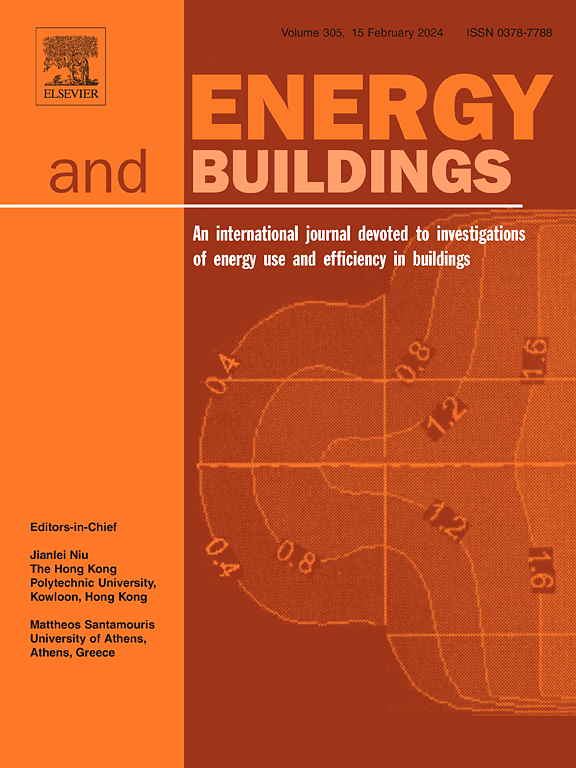多产权建筑中可再生能源公平分配的适应性空间规划:一种政策整合的数字孪生方法
IF 6.6
2区 工程技术
Q1 CONSTRUCTION & BUILDING TECHNOLOGY
引用次数: 0
摘要
多业主建筑(MOBs)未充分利用的屋顶代表了城市地区可再生能源发电的重要但尚未开发的潜力。然而,公平的能源分配和利益共享构成了重大挑战,阻碍了可再生能源系统(RES)的采用。本研究引入了一个政策驱动的适应性框架,整合了建筑和区域特定参数,以确定合适的能源分配模型,促进可再生能源的广泛采用。该框架评估了MOB的物理和管理特征,如建筑年龄、高度和共同财产所有权类型,以及区域参数,包括租户比例、负担能力和监管条件。因此,本文分析了五种政策工具,确定了有针对性的区域政策干预措施如何能够减轻风险,实现公平的能源分配。墨尔本的一项案例研究表明,在财政激励的支持下,像中央商务区这样的高密度、低负担能力地区从建筑面积分配模式中受益,而像南墨尔本这样的富裕地区则在支持能源分配的专门法律平台上蓬勃发展。我们的研究结果强调了适应性的、针对特定区域的政策对于推进可再生能源采用的重要性,而不是一刀切的方法。这一适应性模式选择框架通过数字孪生技术进行情景分析,为政策制定者提供了一种数据驱动的工具,用于做出明智的决策,支持资源效率和可持续性,并为在城市环境中公平地整合可再生能源铺平了道路。本文章由计算机程序翻译,如有差异,请以英文原文为准。
Adaptive spatial planning for equitable renewable energy allocation in multi-owned buildings: A policy-integrated digital twin approach
Under-utilised rooftops in Multi-owned Buildings (MOBs) represent a vital yet untapped potential for renewable energy generation in urban areas. However, equitable energy allocation and shared benefits pose substantial challenges, hindering Renewable Energy Systems (RES) adoption. This study introduces a policy-driven adaptive framework integrating building and region-specific parameters to identify suitable energy allocation models, facilitating widespread RES adoption. The framework assesses the physical and managerial MOB characteristics, such as building age, height, and common property ownership type, alongside regional parameters, including renter proportion, affordability, and regulatory conditions. Consequently, five policy instruments are analysed, identifying how tailored region-specific policy interventions can mitigate risks, enabling equitable energy allocation. A case study in Melbourne demonstrates that high-density, low-affordability regions like the Central Business District benefit from floor area allocation models when supported by financial incentives, while affluent regions like South Melbourne thrive with dedicated legal platforms supporting energy allocation. Our findings underscore the importance of adaptive, region-specific policies over the one-size-fits-all approach for advancing RES adoption. This adaptive model selection framework, enhanced with digital twin technology for scenario analysis, offers policymakers a data-driven tool for making informed decisions, supporting resource efficiency and sustainability, and laying a pathway for equitable RES integration across urban settings.
求助全文
通过发布文献求助,成功后即可免费获取论文全文。
去求助
来源期刊

Energy and Buildings
工程技术-工程:土木
CiteScore
12.70
自引率
11.90%
发文量
863
审稿时长
38 days
期刊介绍:
An international journal devoted to investigations of energy use and efficiency in buildings
Energy and Buildings is an international journal publishing articles with explicit links to energy use in buildings. The aim is to present new research results, and new proven practice aimed at reducing the energy needs of a building and improving indoor environment quality.
 求助内容:
求助内容: 应助结果提醒方式:
应助结果提醒方式:


